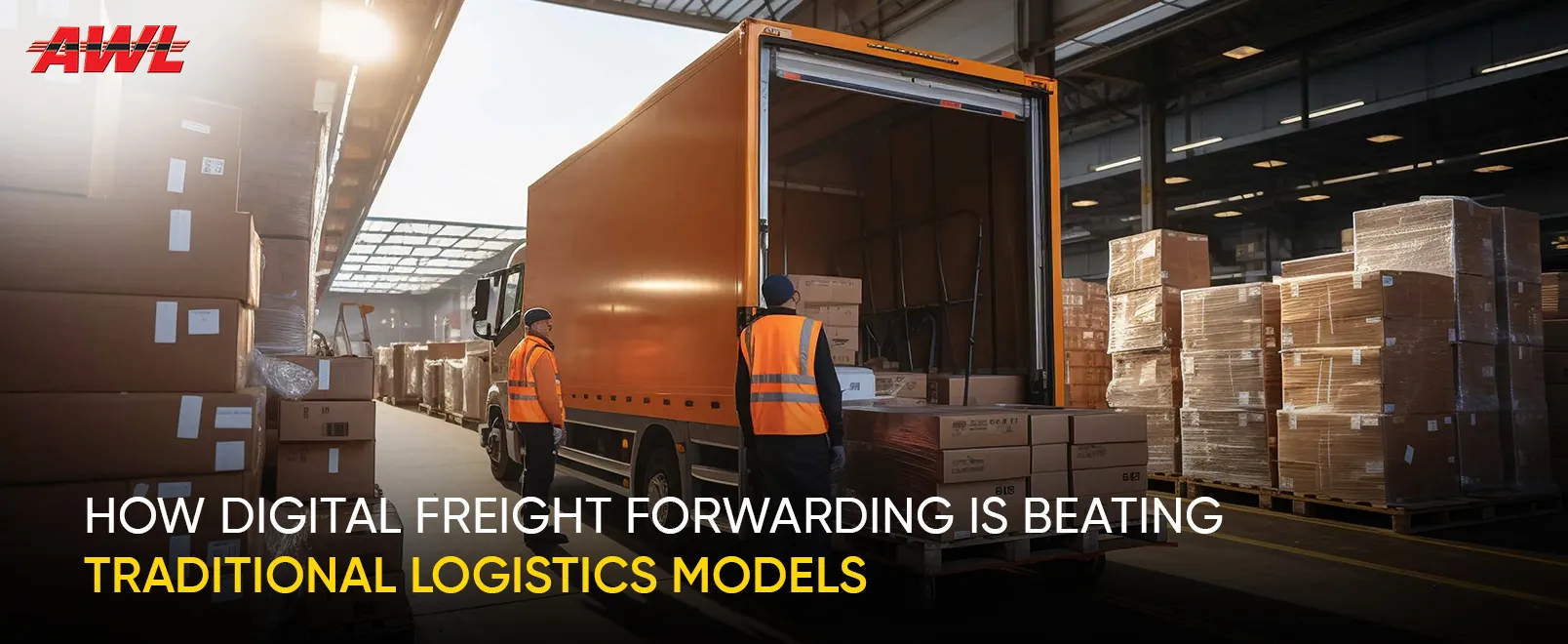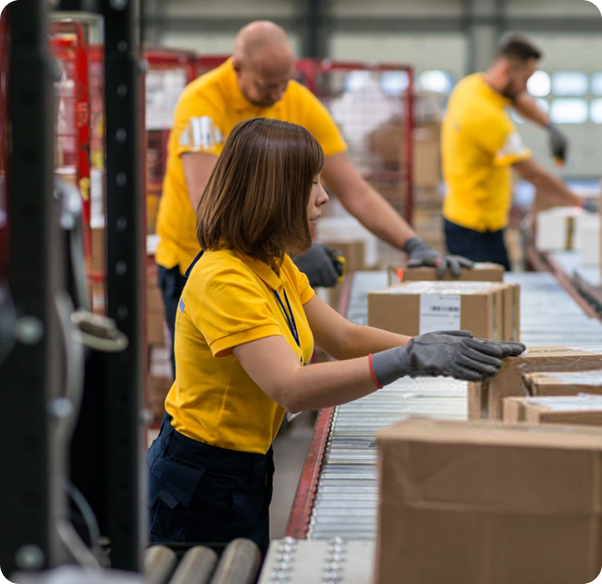
How Digital Freight Forwarding Is Beating Traditional Logistics Models
19 November 2025

The way goods move around the world is changing fast. For many years, moving cargo was slow. It meant many phone calls and long email chains. Paperwork piled up on desks. Shipments were often confusing. It was hard to track your cargo as it moved across the oceans or continents. This old way of moving things had many serious problems. It caused stress and cost businesses money. Now, a new way is taking over. This new method uses the power of the internet. It uses smart software. It makes shipping easier, faster, and much clearer for everyone involved.
The Traditional Way: Slow and Cloudy
Think back to how things used to work. A business needed to ship goods from one country to another. They called a traditional logistics partner. This partner was often a middleman. The process was very manual. Getting a simple price quote could take many days. Sometimes it took a whole week. Why did it take so long? Because the quote had to be built piece by piece. Different carriers had to be contacted. Their rates had to be checked. The best rates had to be typed into a big spreadsheet. The lack of a single system made everything slow. Many people did not like this slow, manual system. Time is money in business.
Enter the Digital Era: Speed and Clarity
What is the big change now? It is the move to digital platforms. A modern freight forwarding company uses the internet to do its work. These platforms are simple to use. They are like booking a flight online, but for cargo. You put in your shipment details. The system gives you a price quote right away. This is not a guess. It is a real price you can depend on. This is because all carrier rates are already loaded into the system. The system can compare them instantly.
Digital freight forwarding removes the waiting game. It makes the entire supply chain clearer for the business owner. This clarity is a major step forward for global trade.
Faster Than a Phone Call
Digital quoting is much quicker. It is instant, in fact. Studies show that manual booking and quoting can take up to three days. Digital systems cut this down to mere minutes. Often, it is just seconds. This speed is a huge advantage for businesses today. They can make quick decisions. A simple fact is that about 60% of logistics decisions are now influenced by real-time data. The manual process cannot compete with this speed. This is why more shippers are turning to digital solutions.
Visibility: Knowing Where Your Goods Are
Have you ever waited for a package without knowing exactly where it was? That is what traditional shipping often felt like. Updates were often delayed. They were not real-time. Digital logistics solves this big problem forever. Modern platforms offer end-to-end visibility. You can see your container on a map. You know its exact location at all times. The system uses satellite data and carrier reports. This is called real-time tracking. AWL India and other smart logistics providers use this technology. This level of detail builds great trust with customers. It also helps businesses plan their inventory better. There are no more guessing games about delivery times.
Cutting Costs Through Smart Technology
Is digital shipping cheaper? Yes, often it is. It helps companies save money. How do they save money? They cut out the manual, repetitive work. Fewer people need to handle papers. Automation is the key to these savings. Automated systems manage documents easily. They manage bookings and payments. This lowers operating costs for the freight forwarding business. These savings are then often passed on to the customer.
Digital platforms help businesses choose the best rate. They compare prices across many carriers instantly. This ensures you are always getting a fair deal. This transparency in pricing is a big win for shippers. This is a core benefit of modern freight forwarding services. A lesser-known fact is how smart technology helps optimize container loading. A sophisticated system can pack a container up to 15% more efficiently than a human planner. This saves money and helps the environment.
Data Is the New Fuel for Logistics
What is the secret engine of digital freight forwarding? It is data. Every shipment generates a huge amount of data. Traditional models just filed this data away. Digital models use it very actively. They use machine learning to spot trends. For example, they can predict port delays before they even happen. They can suggest the best route to avoid bad weather in the ocean. This proactive approach saves time for the customer. It avoids unexpected costs that pop up later. This is not just about tracking. It is about smart predicting. This makes the supply chain more resilient. This predictive power is something the old models could never offer.
Why Companies Are Choosing AWL India
The shift is clear for everyone to see. Companies want simple, smart, and reliable solutions. They do not want complexity anymore. This is exactly where a company like AWL India comes in. AWL India understands the Indian market very well. They have deep local knowledge. They combine this knowledge with the best global digital tools. They make it easy for businesses of all sizes to trade globally. They focus on giving the customer control right from their own computer screen. They give the customer the power of information. They give great freight forwarding options. This customer focus is the new standard. The old way of doing things is quickly becoming history. Digital means growth. It means certainty for any business that ships goods.
Conclusion
Digital freight forwarding is not just a passing trend. It is a new, permanent standard for the entire industry. It has replaced the slow, paper-heavy past. It brings speed, lower cost, and total visibility to the shipper. This major change helps businesses grow and thrive in a tough global economy. It is time to drop the old, inefficient ways of shipping. It is time to embrace the smarter, faster digital future of logistics.

Depreet Singh
Digital Tech Head

